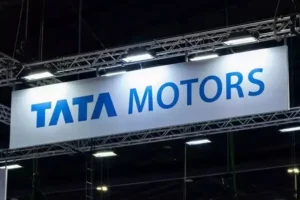
Microsoft AI Cost Savings Top $500M Amid 9,000 Job Cuts
Microsoft’s AI Efficiency Drives $500M in Internal Savings
Microsoft AI cost savings have reached an internal milestone of over $500 million, according to a company presentation this week. The gains were attributed primarily to productivity boosts in sales, customer service, and software engineering teams. Microsoft’s Chief Commercial Officer, Judson Althoff, emphasized that AI tools—specifically Copilot—enabled dramatic efficiencies, particularly within call centers.
The revelation comes during a high-profile phase of restructuring for the tech giant. Microsoft recently laid off more than 9,000 employees in its third round of workforce reductions this year. These latest job cuts bring the total number of affected employees in 2025 to nearly 15,000.
Layoffs and Profits: A Contradictory Corporate Narrative
The timing of Althoff’s remarks is particularly striking. Just a week prior, Microsoft had executed a wave of layoffs, affecting departments such as Xbox Game Studios. A deleted LinkedIn post from a producer at Xbox sparked debate by suggesting that AI tools like ChatGPT and Copilot could help employees manage the psychological toll of job loss.
This backdrop raises critical questions about enterprise priorities. While Microsoft has not confirmed whether AI directly replaced these roles, the alignment of workforce reductions with soaring productivity savings paints a complex picture.
Microsoft concluded Q1 with $70 billion in revenue and $26 billion in profit—among its most successful quarters to date. Meanwhile, its market capitalization climbed to $3.74 trillion, positioning it just behind Nvidia and ahead of Apple.
Investment Priorities Shift Toward AI Infrastructure and Talent
Despite the layoffs, Microsoft remains committed to aggressive AI investment. The company announced plans in January to allocate $80 billion toward AI infrastructure development throughout 2025. It also continues to hire selectively, especially for high-end AI research and development roles.
This strategic shift reflects an industry-wide trend of redirecting capital from mid-level operational roles to advanced technical innovation. Microsoft appears increasingly focused on securing top AI researchers to fuel long-term product competitiveness.
An Enterprise Balancing Act: Efficiency vs. Human Capital
The juxtaposition of substantial Microsoft AI cost savings with significant job cuts underscores a growing tension in enterprise decision-making. As organizations leverage AI to streamline operations and reduce overhead, questions about long-term workforce implications remain.
Executives and decision-makers may find themselves at a crossroads: how to balance innovation-driven efficiency with the realities of organizational morale, talent retention, and public perception.
How should business leaders weigh internal cost savings against the human cost of workforce reductions in an AI-optimized enterprise?
Explore Business Solutions from Uttkrist and our Partners’, Pipedrive CRM and more
uttkrist.com/explore



